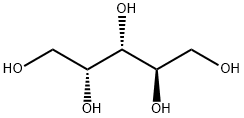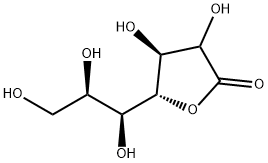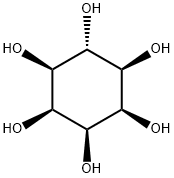PRODUCT Properties
| Melting point: | 101-104 °C |
| alpha | +10~+14゜(20℃/D)(c=5,Na2B4O7 soln.) |
| Boiling point: | 194.6°C (rough estimate) |
| Density | 1.1497 (rough estimate) |
| refractive index | 1.3960 (estimate) |
| storage temp. | Sealed in dry,Room Temperature |
| solubility | H2O: 0.1 g/mL, clear, colorless |
| pka | 13.24±0.20(Predicted) |
| form | Fine Crystalline Powder |
| color | White to off-white |
| optical activity | +7.82 |
| Water Solubility | Soluble in water (50 mg/ml). |
| Merck | 14,762 |
| BRN | 1720520 |
| LogP | -3.774 (est) |
| CAS DataBase Reference | 488-82-4(CAS DataBase Reference) |
| EPA Substance Registry System | D-Arabinitol (488-82-4) |
Description and Uses
D-arabinitol is a characteristic metabolic product of candida species. While candida ssp. produces exclusively D-arabinitol, L-arabinitol is developed by the body’s own metabolism. D-arabinitol serum levels increase if candida yeasts proliferate within the organism and cause invasive Candidiasis. Both D-arabinitol and L-arabinitol are present in normal urine, and can easily be measured by gas chromatography of urine samples collected on filter paper.
D-Arabitol, a rare sugar alcohol, is a substrate used to identify, differentiate and characterize enzyme such as the gluconobacter oxydans dehydrogenase(s), Gox2181, hyperthermophilic D-arabitol dehydrogenase from Thermotoga maritime and NAD-dependent D-arabitoldehydrogenase from acetic acid bacterium, Acetobacter suboxydans.
Safety
| Symbol(GHS) |  GHS07 |
| Signal word | Warning |
| Hazard statements | H315-H319-H335 |
| Precautionary statements | P261-P280-P271 |
| Hazard Codes | Xn |
| Risk Statements | 20/21/22-36/37/38 |
| Safety Statements | 24/25-36-26 |
| WGK Germany | 3 |
| F | 3-10 |
| TSCA | Yes |
| HS Code | 29054980 |






